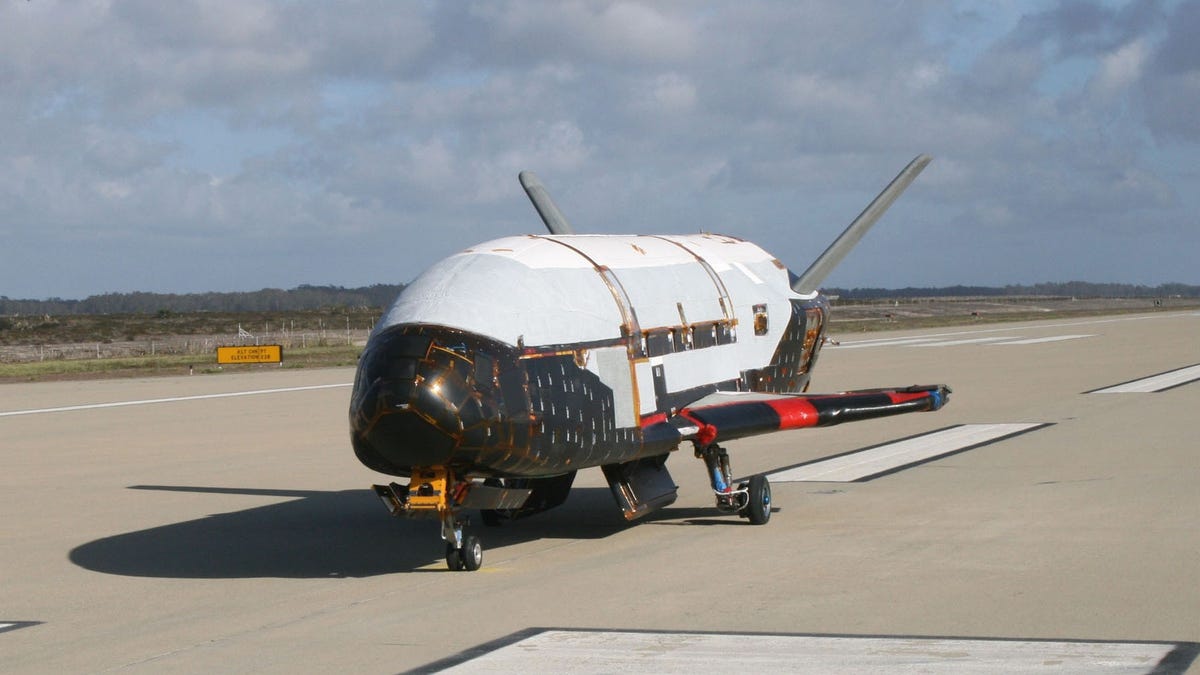Air Force launches second mysterious space plane
Second Boeing-built, unmanned X-37B heads into orbit, after the first craft returned safely to Earth late last year amid speculation of potential military uses.

A second mysterious, robotic space plane was launched into orbit by the U.S. Air Force today, after the first craft safely returned to Earth late last year following a secretive months-long mission and speculation about its potential military or intelligence uses.
The second Boeing-built X-37B Orbital Test Vehicle, or OTV, left Cape Canaveral, Fla., at 2:46 p.m. PT, atop an Atlas V rocket, Boeing said.
"History was made in December when the X-37B became the United States' first unmanned vehicle to return from space and land on its own," Craig Cooning, vice president and general manager of Boeing Space and Intelligence Systems, said in a statement today. "The success of that mission validated this reusable and effective way to test new technologies in space and return them for examination."
The X-37B, which was originally a NASA project, has the potential to pick up where the space shuttle program will leave off when it winds down. And Boeing's statement suggested as much.
But an Air Force statement at the time of the first craft's launch that a successful project could "make our access to space more responsive...and push us in the vector toward being able to react to warfighter needs more quickly," has, for some, lent the X-37B program an air of intrigue.
Some observers think the project is designed to facilitate the development of combat and weapons systems; others have suggested that the unmanned craft could be used as an orbital spy vehicle.
The Air Force said in its statement today that the program "has the potential to make space experiments more affordable, which would allow future experiment designers to focus resources and dollars on technology and innovation rather than on basic services, layers of redundancy, or ground operations."
The present mission is scheduled to last about 270 days, but the Air Force said that might be extended. The first craft stayed in orbit 224 days.
The X-37B is about 29 feet long with a wingspan of about 15 feet and looks something like a smaller, eyeless relative of the space shuttle.

